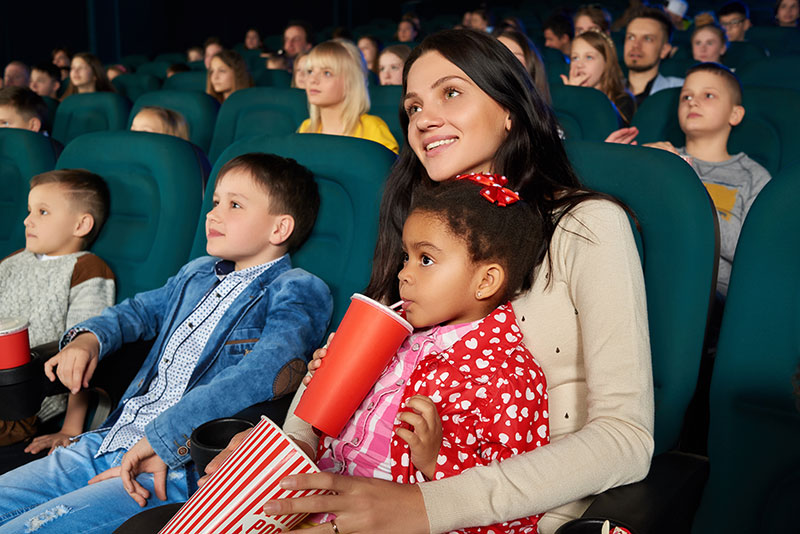Heading to the multiplex to buy a ticket to the latest blockbuster or perhaps to that unsung drama that’s too good to miss is starting to become popular, once again. In years past, many people with hearing loss were left out.
While the theatre provided an immersive, all-inclusive setting with awesome sound quality for the sound effects and music, the dialogue, along with half the story, fell by the wayside.
Many theatres offer captioning devices for the deaf and hard-of-hearing, but those devices often have technical issues. For instance, no matter how early you arrive at the show, you may not discover that your captioning device isn’t working until the movie is underway, because it may not work during the previews. So, since you can’t pause the film, you miss the beginning while you go back out to the concession stand and ask the attendant for a device that does work.
Enter open captions.
These are captions that work much the same way that subtitles do, except that, unlike TV viewers, theatre goers cannot turn them off. Everyone sees them. AMC has offered the largest rollout to date, in hundreds of its theatres. Not all showtimes will have open captions, but the captions are also not relegated to those hours where most people are unlikely to go see a movie.
Since the public presentation of most films is not captioned, and since captioning devices are often riddled with technical difficulties, AMCs desire to offer open captions throughout the theatre-going day in many theatres is cause for celebration.
It is difficult to tell, though, how acceptable the new captioning format will be to theatre-going audiences. Most audiences are like most people. They want everyone to join in on and, especially, enjoy the fun.


